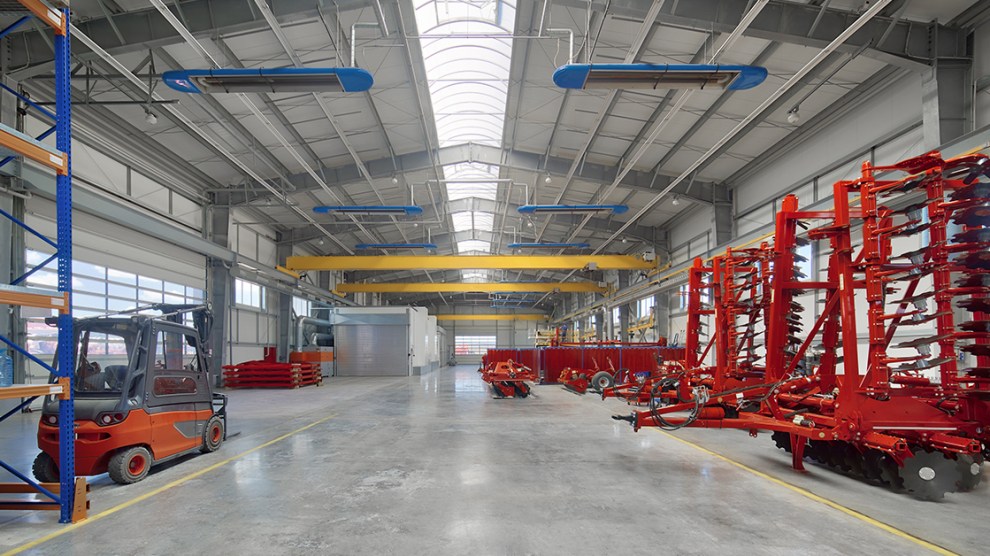Both development and investment activity are surging forward in the face of sustained, overwhelming demand, the latest Yardi Matrix report shows.
Report Highlights:
- Rents continue upward trend, at 4.0 percent year-over-year, as demand outpaces supply
- Coastal markets drive bulk of activity.
- With $30.5 billion in transactions, investment activity is heating up.
Yardi Matrix’s August industrial report highlights the sector’s strong performance and how its outlook remains healthy, owing to sustained demand in nearly all major markets underpinned by the growth of e-commerce and increases in global port traffic. With the addition of several new markets, this month’s report captures more than 50 major industrial markets across the U.S.
Space constraints drive rent growth
Industrial rents in July averaged $6.31 per square foot, a 4.0 percent year-over-year uptick. Leases signed in the past year commanded rates 71 cents more than the national average, or an 11.3 percent premium.
Rent growth was highest in coastal markets. Los Angeles and the Inland Empire led the nation: The Inland Empire’s July average rent of $6.36 per square foot was a 6.9 percent rise over the year, while Los Angeles’ average of $10.13 per square foot marked growth of 6.4 percent during the same period. Low vacancies alongside ever-rising demand
Rent growth was noticeably slow in the Midwest, even in those markets with incredibly tight vacancies. Columbus, for example, had a vacancy rate of 2.2 percent—far below the 5.8 percent national figure—and only saw rents grow 2.1 percent over the year through July. Indianapolis fared similarly, with a vacancy rate of 2.4 percent while rents expanded by only 1.3 percent. This subpar growth, even in the face of increased demand, was likely a result of the wealth of new inventory delivered in both markets during the past few years.
Development hits new highs
More than 500 million square feet of industrial projects was under construction as of July, or 3.3 percent of inventory. Incredibly, only four markets account for one-fifth of all square footage underway. Dallas had the largest amount of construction, with 31.9 million square feet underway, or 3.9 percent of stock.
Phoenix’s development scene was particularly impressive: Its 23.9 million square feet under construction accounted for an astronomical 9.0 percent of stock, nearly three times the national figure. Add the 31.4 million square feet of projects still in planning stages, and that percent jumps to 22.9 percent—far and away the highest in the country. Direct routes to major metros in the Southwest, the availability of developable land, along with relative affordability compared to Los Angeles and the Inland Empire will push growth in the market for some time still.
Growing investment activity
Along with development, investment activity picked up the pace. Transactions totaled $30.5 billion in the first seven months of the year, an increase of nearly 35 percent compared to the $22.7 billion closed during the same time in 2020. Pricing has grown as well, averaging $108 per square foot, a 22.4 percent uptick compared to last year.
Los Angeles led among major markets, with $2.2 billion in industrial volume year-to-date through July, with sales prices averaging $190 per square foot. The Inland Empire followed close behind, at $2.0 billion (and $181 per square foot).
A growing number of investors have begun to target the data center subsector. These properties, which are highly concentrated in just seven markets, sell at a considerably higher price point than the sector as a whole. This year through July, data centers sold for an average of $319 per square foot, or nearly triple the industry average.
Read the full Matrix Industrial Report-August 2021











Add Comment